
ELECTRONIC DRIVER AIDS — BIRD’S EYE OR PANORAMIC VIEW CAMERA
Making driving safer and less stressful
There was a time when the only devices on your vehicle to assist you when backing up were your rear-view mirrors. I can still remember backing my car carefully into a parking space only to come to a sudden stop, having backed up right into a concrete flower planter. To add insult to injury, I was parking to attend an event for automotive journalists!
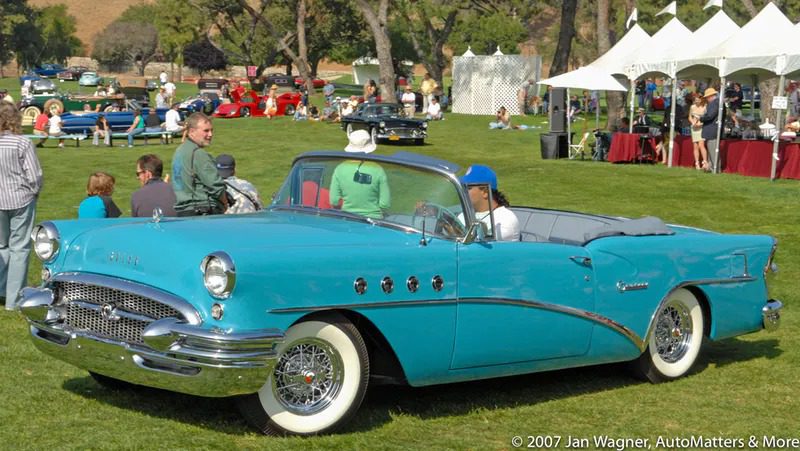
As a result of my wish to be able to back up more safely, I was acutely aware of the advent of electronic driver aids. You’ve probably seen those round button-like things embedded into bumpers. They are sensors which trigger an audible alert, to warn you that your path is obstructed by something.

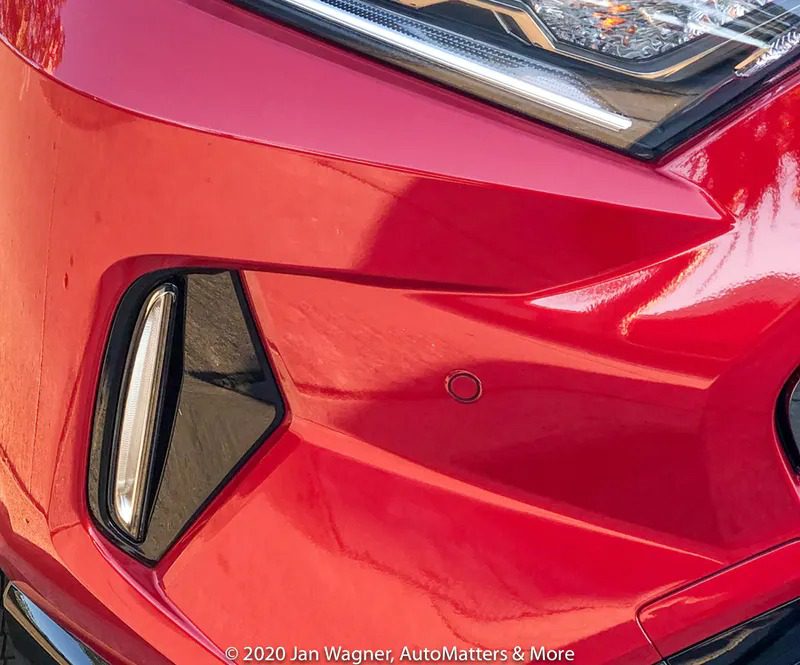
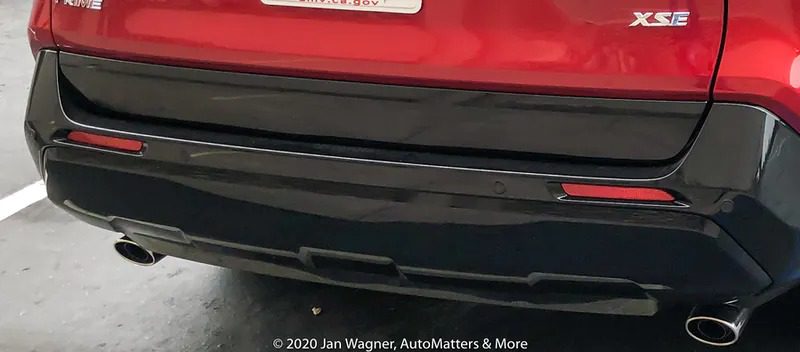
Some other vehicles were beginning to be available with the first backup cameras, enabling you to actually see what was behind you. The best of those new backup cameras added an overlay of estimated course guide lines, to show you where your vehicle’s sides would be on your rearward path, and where the back of your car was.

Until about two months ago, my most recent daily driver was a 2012 Toyota Plug-in Prius hybrid. It did not have those sensors but it did have a backup camera, with a wide-angle lens. Unfortunately, though, it lacked the estimated course guidelines overlay that would have showed me where the sides of my car would be if I backed up, and another line showing me where my rear bumper was. As a result of not having those lines, it was not possible to see where my car was well enough to avoid hitting something. It helped a little but not much.
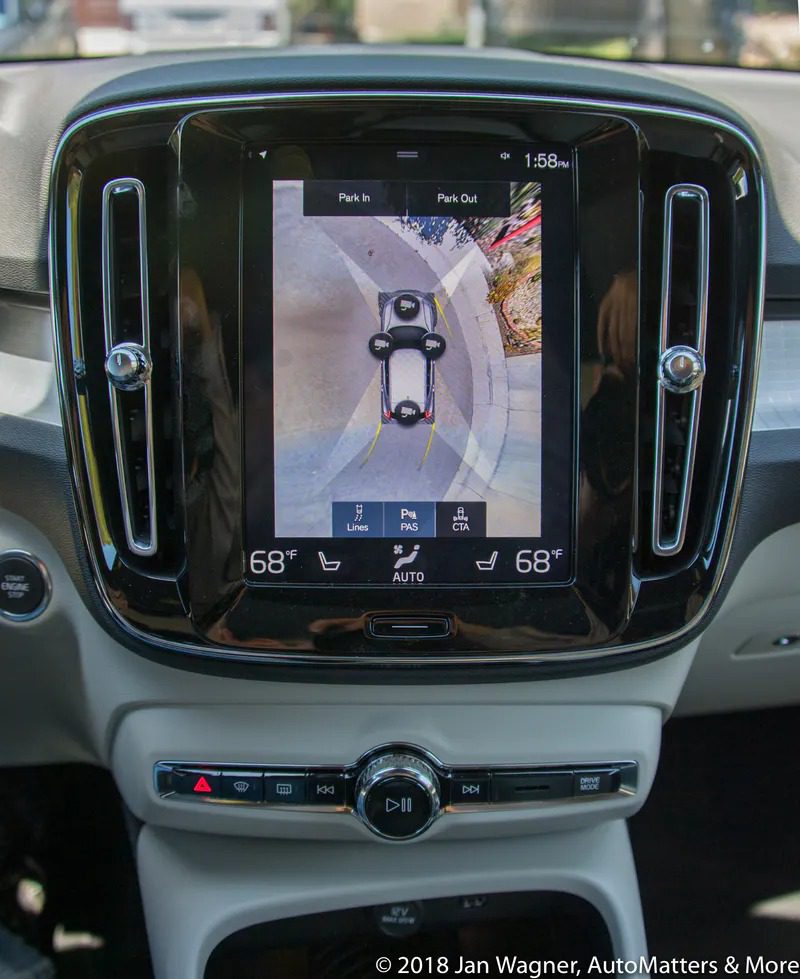
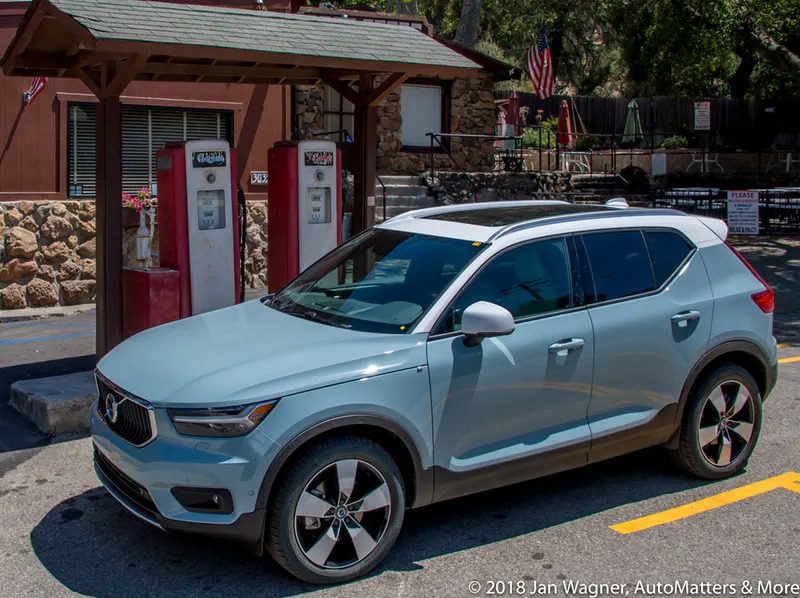
As the years progressed, I was determined to make sure that my next daily driver not only had a backup camera with those lines but that it also had a full suite of electronic driver aids. Now I have one. It is a fully loaded 2021 Toyota RAV4 Prime XSE Premium.
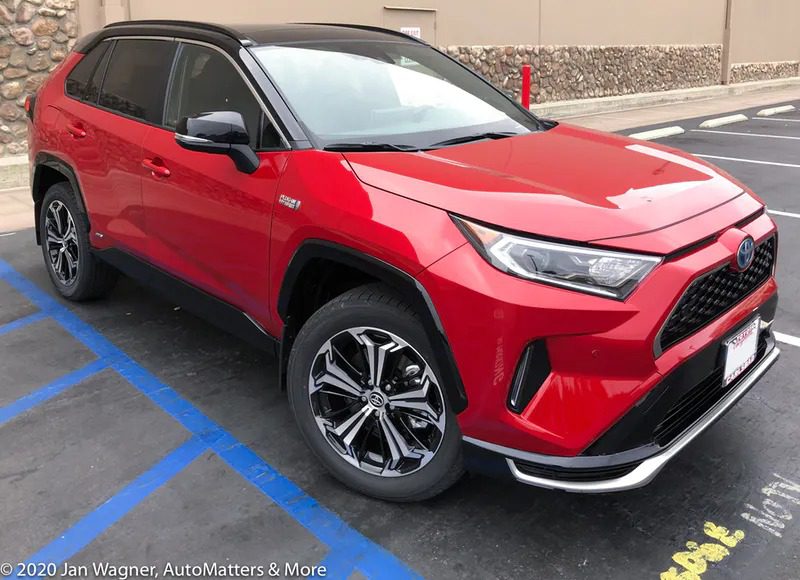
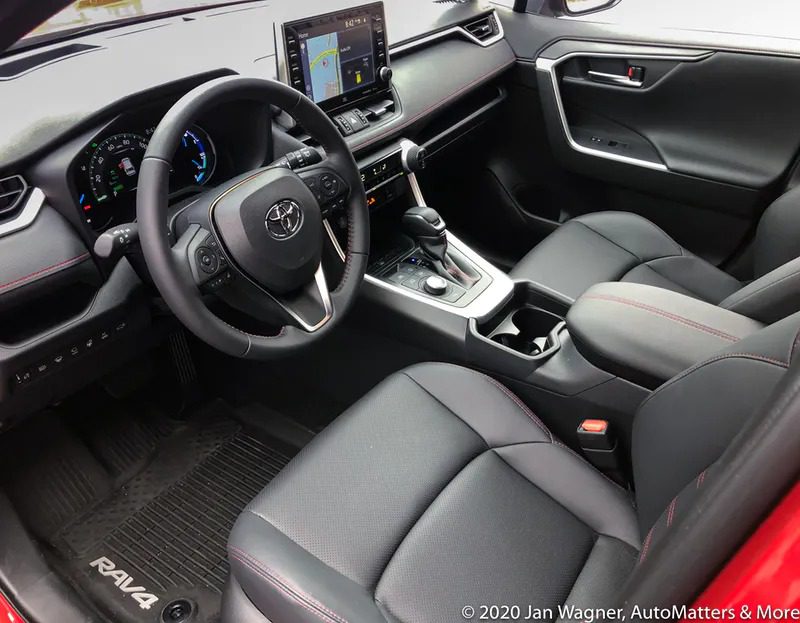
Other auto manufacturers have similar tech, but since mine is a Toyota and that is what I am most familiar with, let’s use Toyota’s as our example of the tech. That includes a “Bird’s Eye View Camera,” which I love. That provides a simulated bird’s eye view (since there is nothing flying over my RAV4 to shoot stills and videos), but it is also so much more.
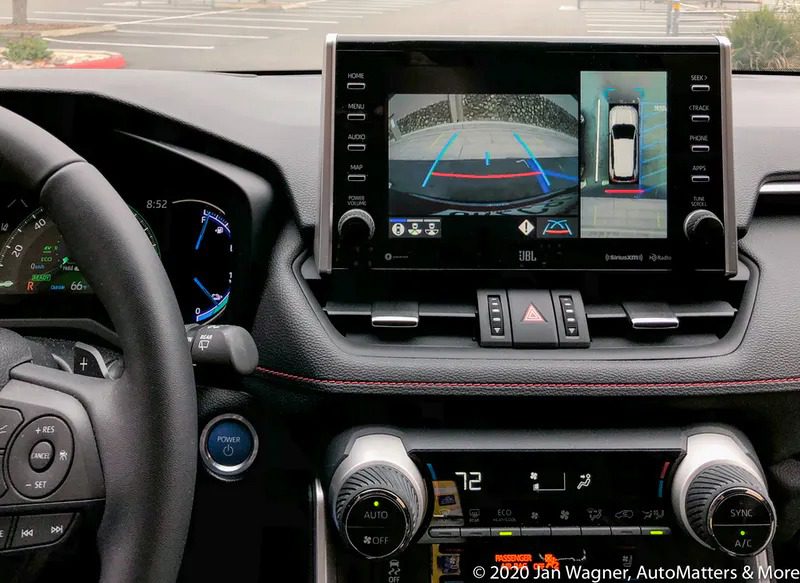
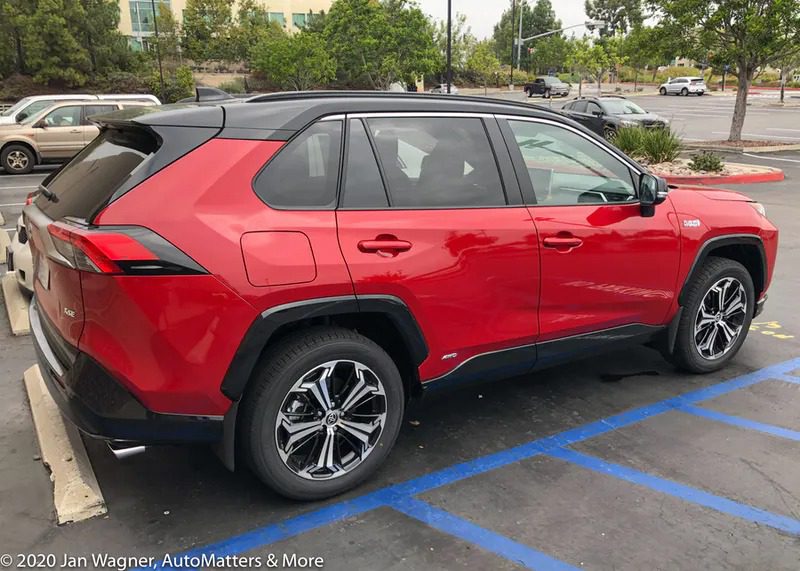
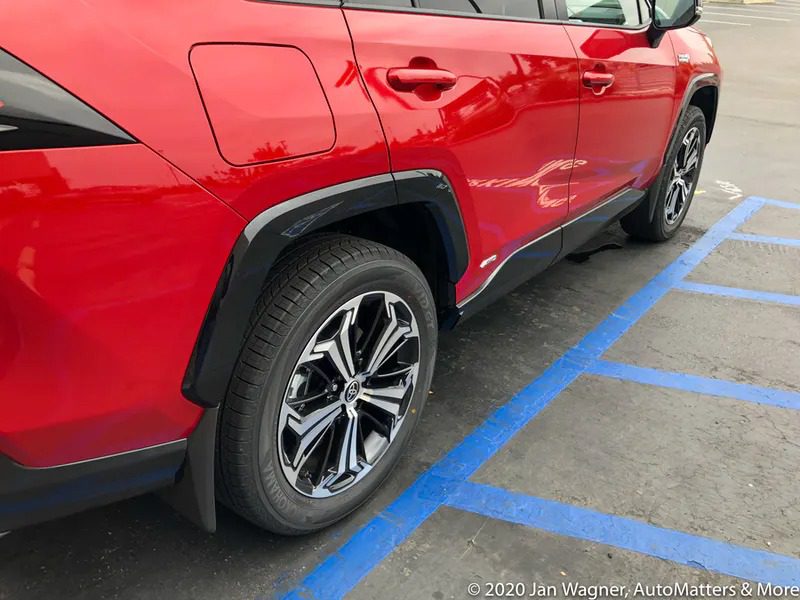
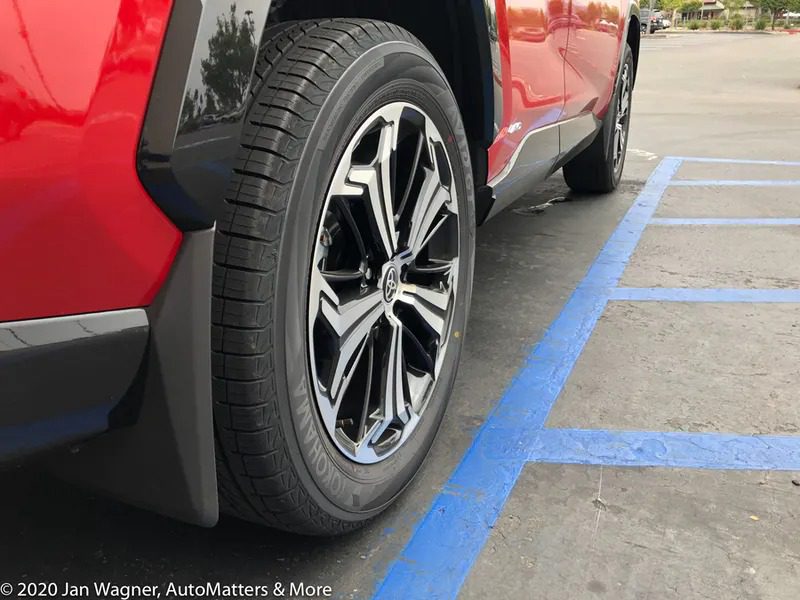
Before I go on, I’d like to share with you some important advice. There was a time, long ago, when we could buy a new vehicle, get in, and just drive it. It was quite possible to be able to intuitively figure it out how it worked mostly by driving it. The owner’s manual was helpful as a supplement, for learning the fine points. That is no longer true.

Today’s vehicles, and their optimal operation, are extremely technical and complicated. I knew my new RAV4 had this Bird’s Eye View Camera feature, and I thought I could just get in and figure it out for myself. Not so much. It turned on automatically when I was driving really, really slowly, but there were several on-screen buttons and I really couldn’t figure out when I needed them and what they would do. All of that is explained in the “Panoramic View Monitor” section of the “RAV4 PRIME 2021 Navigation and Multimedia System Owner’s Manual” (pages 197-231).
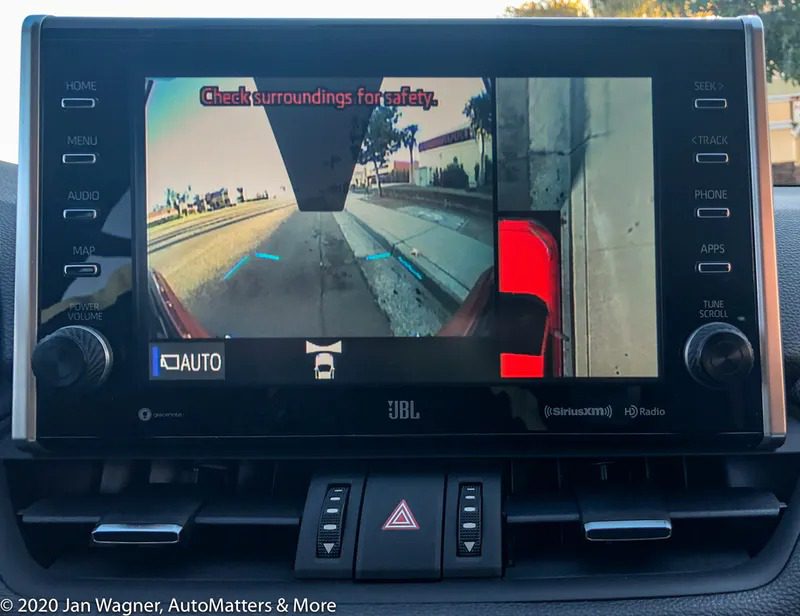

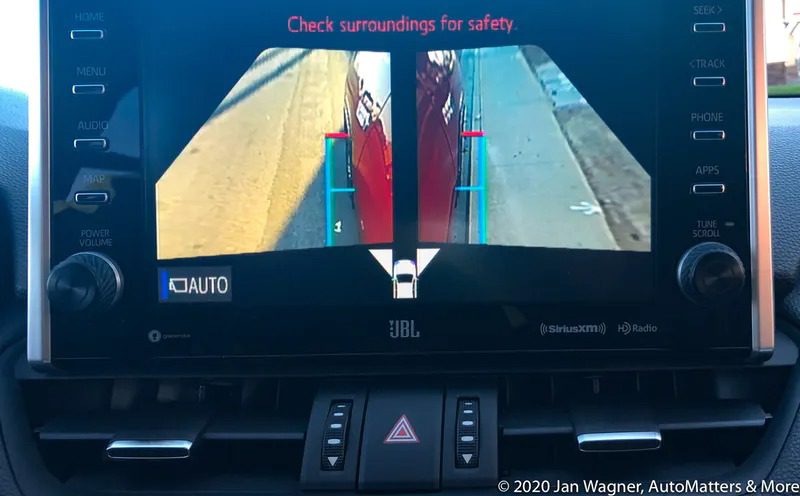
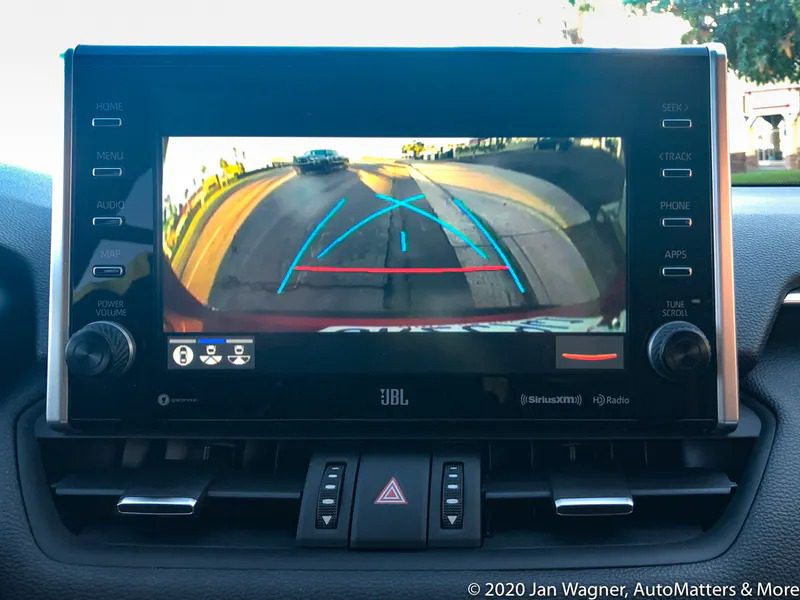


I also found this very helpful and easy-to-digest, approximately three-minute instructional video that was produced by Toyota USA in 2016: www.youtube.com/watch?v=K2PTeVgdYB0

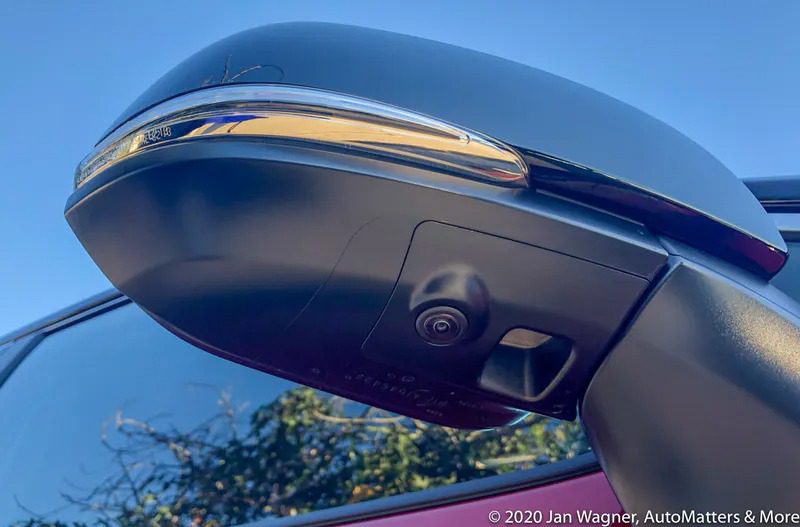
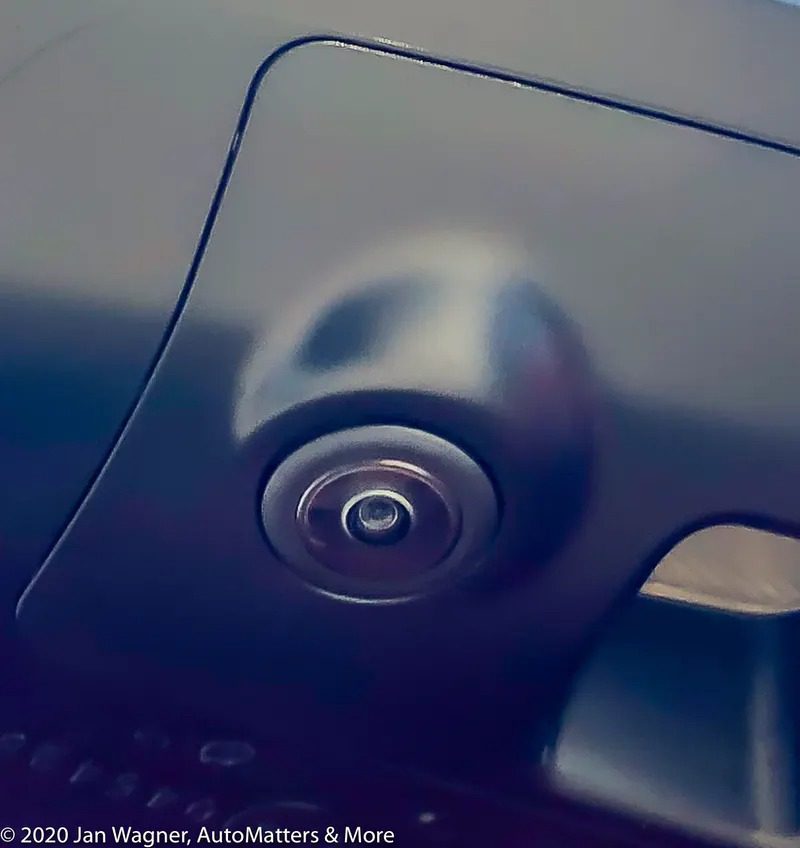


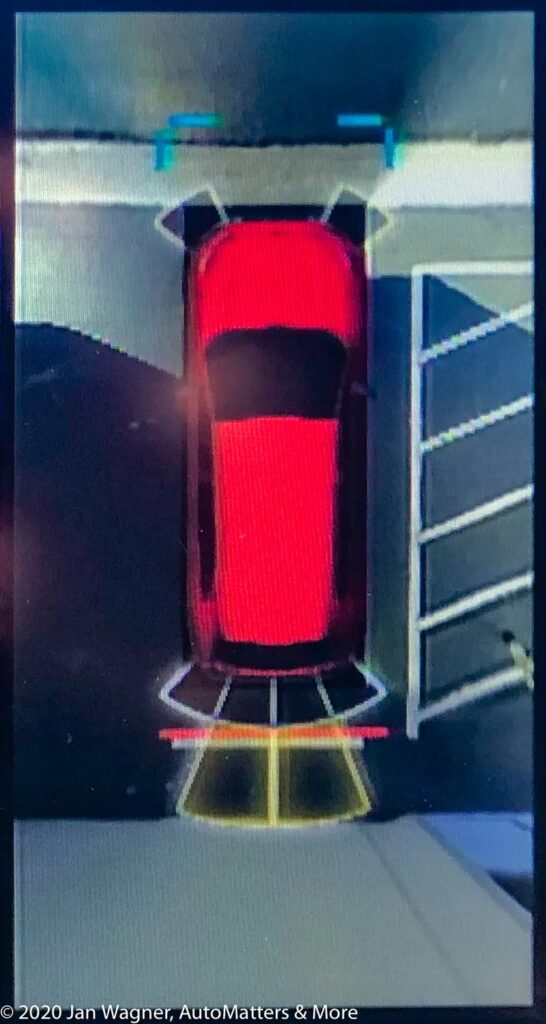
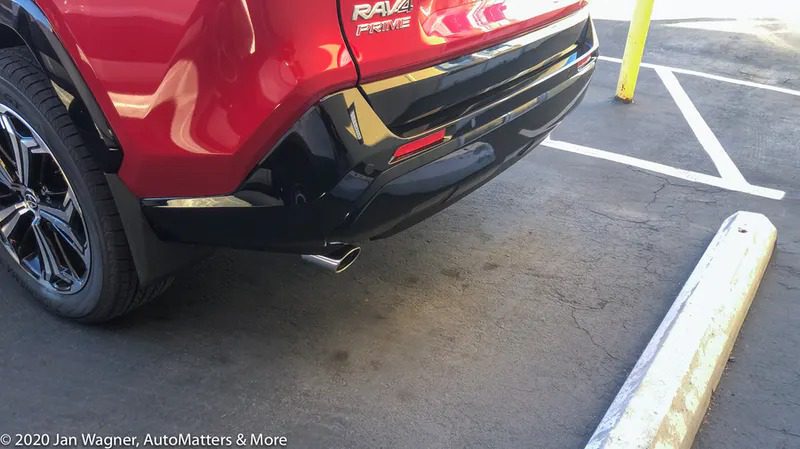
After heading out to my RAV4 and trying out some of the button presses while parked in my garage, it looks to me like not much has changed with this option since the appearance of that 2016 video. The option was great then, and it still is. I highly recommend getting it.
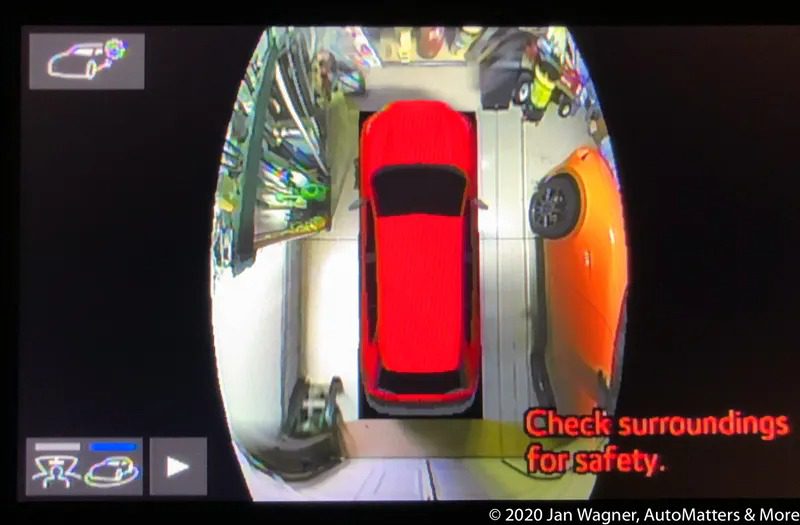
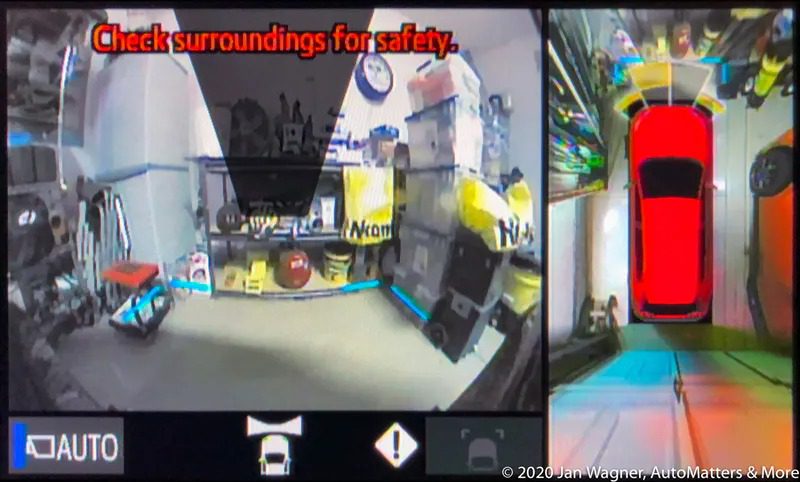
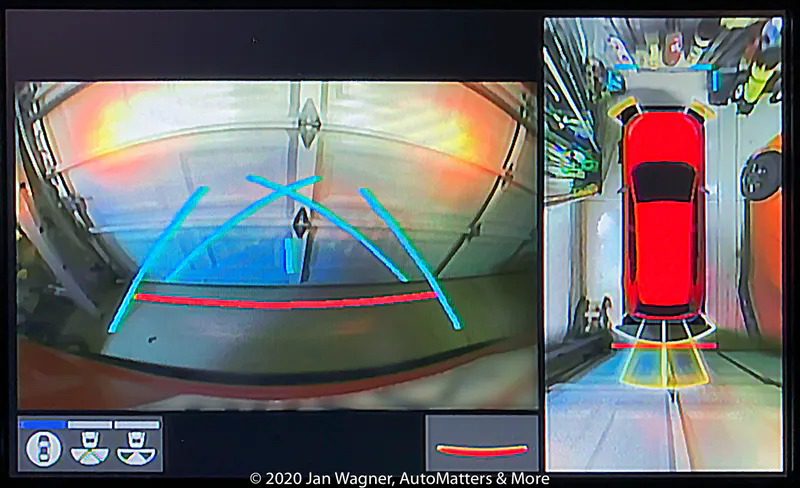
This feature operates while stopped and up to six miles per hour. Greatest accuracy is dependent on being on flat road surfaces. Views that may be available include bird’s eye, side, front, rear, and corners (individual or all), plus audible warnings and the aforementioned overlay of guidelines — all of which may be of great assistance to you when parking or driving slowly. This sure beats relying solely on those rearview mirrors.

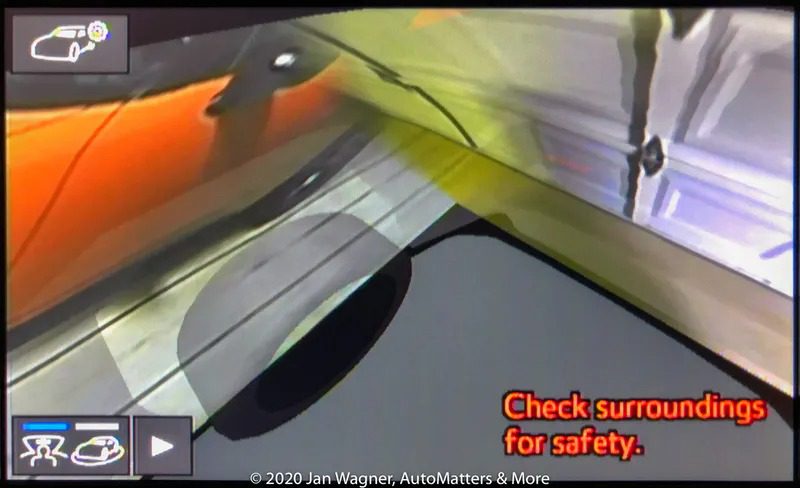
COPYRIGHT © 2020 BY JAN WAGNER – AUTOMATTERS & MORE #665R1
